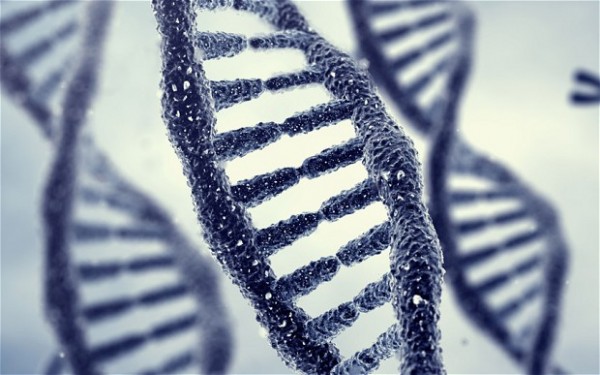
Two shocking new studies, one led by the Karolinska Institute, and another one by Novartis, are sure to shake things up across the gene editing industry, now that it turns out the savior-status being granted to CRISPR-Cas9 tech may be undeserved. Both studies were published earlier this summer by the journal Nature.
The dangers of CRISPR-Cas9
The gene editing technique has been promoted as a way to rid humans of disease, but as luck would have it – a successful gene edit may just be setting the stage for cancer. In fact, replacing a "diseased" gene with a healthy one is now considered to be the most dangerous part of the gene editing tool. In other words, the risks essentially defeat the point of the whole process.
As sources explain, successful gene edits may be an indication that the modified cells don't have a cancer-fighting protein known as p53, upping the risk of cancer significantly.
As sources explain, p53 often causes CRISPR edits to fail. CRISPR-Cas9 "works like scissors to snip strands of DNA," and these "cuts" can also prompt p53 into action, either by repairing the cell or making the cell commit suicide.
Emma Haapaniemi, a co-author of the Karolinska Institute study, explained why this is such a concerning find.
"By picking cells that have successfully repaired the damaged gene we intended to fix, we might inadvertently also pick cells without functional p53." Dysfunctional p53 is a major cancer risk; nearly half of ovarian and colorectal cancers can be connected to a disruption in p53. Many other types of cancer, like lung, pancreatic, stomach, liver and breast cancers, can also be attributed to p53 problems.
“If transplanted into a patient, as in gene therapy for inherited diseases, such cells could give rise to cancer, raising concerns for the safety of CRISPR-based gene therapies," Haapaniemi added.
Concerns about CRISPR on the rise
There are many concerns about CRISPR-Cas9 gene editing technology – and it's easy to see why. First of all, some experts believe that the precision and safety of CRISPR tech have been vastly over-stated. Geneticist and virologist Jonathan Latham, Executive Director of the Bioscience Resource Project and editor of Independent Science News, has spoken out about the fallacy of industry talking points in the past.
"So far, it is technically not possible to make a single (and only a single) genetic change to a genome using CRISPR and be sure one has done so," Latham reportedly explained. This feat may not even be possible biologically; one small change to genome can inevitably lead to a host of other, unanticipated changes.
In fact, experts say that CRISPR could cause hundreds of unintended DNA alterations.
CRISPR-Cas9 has often been described as a "cut-and-paste" or "find-and-replace" gene editing technology; CRISPR finds the target gene, while Cas9 "snips" it away. But sometimes, the wrong portion of DNA is cut away. Others, Cas9 continues to remain active for too long and makes other random, unintended cuts. Scientists have been working on an "off switch" for this reason – but is that good enough?
Sources include:
Please contact us for more information.























